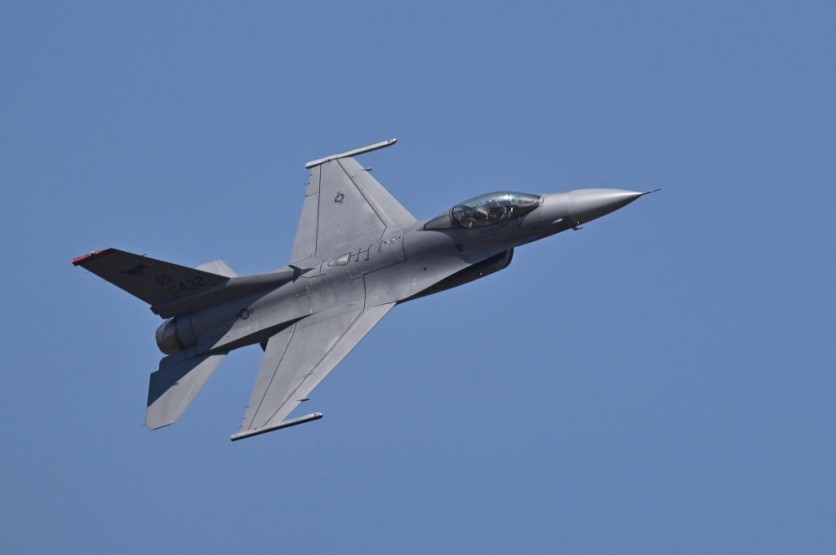The US Air Force has awarded a $1.2 billion contract to Boeing for the development of new models of their E-7 Airborne Early Warning and Control (AEW&C) aircraft. These new variants will be replacing the outdated fleet of 31 E-3 "Sentry" AWACS early warning aircraft that were used during the Cold War era.
Originally introduced in 1977 and based on the Boeing 707, the E-3 "Sentry" was utilized by various countries including the United States, Britain, France, and NATO as a flying observation and air command center to identify hostile aircraft, according to Interesting Engineering.

Each Sentry was capable of monitoring air traffic over an area as large as Poland. However, the E-3 is now considered outdated and will be gradually phased out over the next two decades. The US government's decision to purchase the undeveloped E-7 variants indicates the end of the Air Force E-3 "Sentry" program.
All About the E-7
The E-7 was first developed in the 1990s for the Royal Australian Air Force (RAAF) under the name E-7A Wedgetail. One of the most noticeable differences between the E-3 and E-7 is the replacement of the E-3's rotating radar dome with a fixed active electronically scanned array radar antenna that protrudes from the fuselage like a fin, equipped with the Northrop Grumman Multi-role Electronically Scanned Array (MESA) sensor.
The new weapon system also has an advanced MESA sensor which improves airborne battle management and allows long-range kill chains against potential peer adversaries.
The DAF established an E-7A Program Management Office and selected the E-7A to replace the E-3 AWACS in the fiscal year 2022. The DAF has opted to acquire the first two E-7As using the rapid prototyping acquisition pathway.
"This contract award is a critical step in ensuring that the department continues delivering battlespace awareness and management capabilities to U.S. warfighters, allies, and partners for the next several decades," Andrew Hunter, assistant secretary of the Air Force for Acquisition, Technology, and Logistics said in a statement.
"The E-7A will enable greater airborne battlespace awareness through its precise, real-time air picture and will be able to control and direct individual aircraft under a wide range of environmental and operational conditions."
Read Also : US Air Force to Present B-21 Raider, World's Most Advanced Strike Aircraft With Stealth Technology
Deployment Date
The first E-7A is anticipated to be deployed by fiscal 2027, with the USAF planning to start manufacturing in fiscal 2025. The military plans to purchase 24 more E-7As by the end of the current fiscal year. There will be 26 E-7A aircraft in total, according to projections.
The E-3 AWACS' ongoing upgrading meets the goals of the 2022 National Defense Strategy by carrying out international Battle Management, Command and Control, and Airborne Moving Target Indication Activities as required by the Air Force.
Related Article : US Air Force's New System Helps Jets Navigate Using Earth's Magnetic Field: Satellite-Based GPS No Longer Needed?

ⓒ 2025 TECHTIMES.com All rights reserved. Do not reproduce without permission.




